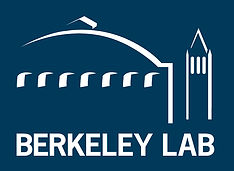

A. Ali Heydari, Ph.D.
Research Scientist
Hi there! My name is Abbas-Ali, and I go by Ali (or A. Ali for official purposes). I received my PhD in Applied Mathematics. During my PhD, I was an NIH NRSA (F31) fellow mentored by Professor Suzanne Sindi (UC Merced) and Professor Elana Fertig (Johns Hopkins University). The goal of my research is to develop deep learning and numerical frameworks that enable a more accurate and robust analysis of complex biological systems, particularly systems relating to human diseases. I hope that our novel methodology provides scientists with crucial tools needed to improve the current understanding of many complex diseases, thus significantly advancing and facilitating the development of specialized treatments and healthcare. For a list of my published articles, please take a look at my Google Scholar profile.
I'm a huge fan of basketball and soccer, and I enjoy watching NBA and Premier League games in my spare time!
Education & Acadmic Affiliations
Prior Experience

Summer 2021

Summer 2020
.jpg)
Spring 2019 -
Fall 2020

Summer 2019

Summer 2018







